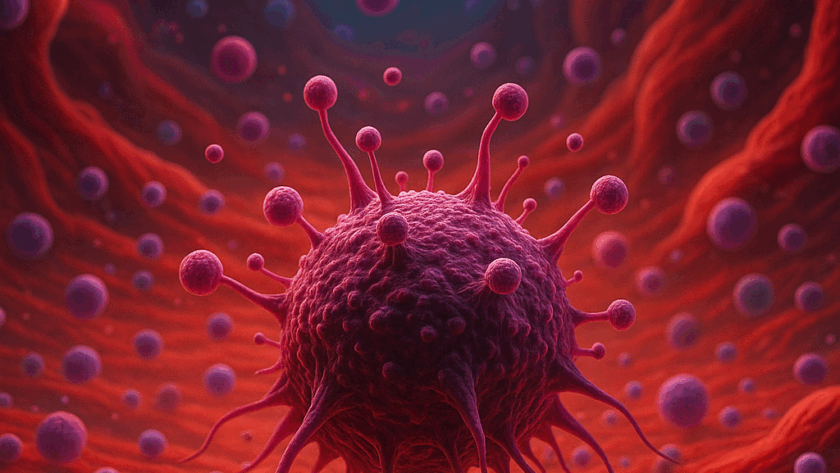In recent years, the peptide BPC-157 has garnered significant interest within the scientific community due to its potential role in promoting tissue repair and regeneration. Preclinical studies have extensively investigated its mechanisms of action, revealing promising pathways that could support healing processes in various tissues. This article explores the molecular properties of BPC-157, its experimental…

Quick Summary
Retatrutide is a triple agonist (GLP-1 + GIP + Glucagon), while Tirzepatide is dual (GLP-1 + GIP).
Retatrutide shows superior fat loss in trials — up to 24% total body weight vs 21% with Tirzepatide.
Both are long-acting and dosed weekly, but Retatrutide may offer greater energy expenditure and thermogenesis.
Peptides UK offers…

Quick Summary
Retatrutide is a triple agonist peptide (GLP-1, GIP, Glucagon) under active investigation.
Preclinical trials show dose-dependent fat loss, metabolic, and appetite-regulation benefits.
Titration protocols start low (1mg) and increase gradually for best results.
Peptides UK offers high-purity, COA-verified Retatrutide for research purposes only.
What Is Retatrutide and Why Dosage Matters
Retatrutide is a…
Understanding the Onset of BPC-157 in Scientific Research
BPC-157, a peptide derived from a natural protein found in gastric juice, has garnered significant interest within the scientific community due to its potential therapeutic effects in preclinical studies. Its mechanisms of action involve complex molecular pathways that influence tissue repair, angiogenesis, and inflammation. For researchers investigating…
Understanding the Distinct Molecular Profiles of BPC-157 and TB-500
Both BPC-157 and TB-500 are research peptides extensively studied for their regenerative and healing properties in preclinical models. BPC-157, derived from a protein found in gastric juice, exhibits a broad spectrum of tissue-protective effects, including promoting angiogenesis, collagen synthesis, and modulation of inflammatory responses. Conversely, TB-500,…
Peptides have gained significant attention in biomedical research due to their diverse biological activities and potential therapeutic applications. Among these, BPC-157 (Body Protection Compound-157) has emerged as a peptide of interest owing to its regenerative properties observed in preclinical studies. Understanding the molecular mechanisms and research protocols associated with BPC-157 can provide valuable insights into…
Understanding the Storage and Stability of Oxytocin in Laboratory Settings
Oxytocin, a peptide hormone with significant biological activity, is widely studied in preclinical research. Ensuring its stability during storage and handling is crucial for maintaining experimental integrity. Proper storage practices help preserve its molecular structure, potency, and biological activity, thereby reducing variability in research outcomes.…
Understanding the Scientific Context of Oxytocin in Research
Oxytocin, often called the "love hormone," is a peptide hormone and neuropeptide that plays a critical role in social bonding, reproduction, and childbirth. Its significance extends beyond human physiology, with extensive research conducted on its molecular mechanisms and potential applications in neuroscience and behavioral science. Preclinical studies…
Understanding the Onset of Oxytocin in Research Settings
Oxytocin, a neuropeptide involved in social bonding, stress regulation, and reproductive behaviors, has garnered significant attention in scientific research. Preclinical studies have demonstrated its effects at cellular and molecular levels, but understanding when it begins to exert its action in vivo is crucial for experimental design. Researchers…
Understanding the Research and Mechanisms of Oxytocin
Oxytocin, often referred to as the "love hormone," is a peptide hormone that plays a critical role in social bonding, childbirth, and lactation. In preclinical studies, oxytocin's mechanisms of action are primarily mediated through its interaction with the oxytocin receptor (OTR), a G-protein-coupled receptor expressed in various tissues,…
Understanding the Distinction Between Oxytocin and Vasopressin in Scientific Research
Oxytocin and vasopressin are neuropeptides that have garnered significant scientific interest due to their diverse roles in physiological and behavioral processes. While both peptides share structural similarities and are synthesized in the hypothalamus, their mechanisms of action and pathways differ considerably. Preclinical research has been…
Understanding Oxytocin’s Role in Social Behavior
Oxytocin, often termed the "love hormone," is a peptide that has garnered significant interest in neuroscience and behavioral research. It plays a pivotal role in modulating social interactions, bonding, and emotional regulation. Preclinical studies have demonstrated that oxytocin influences a variety of social behaviors across different species, providing insights…
